Unlocking New Perspectives: Master Location-Based Google Searches
Table of Contents (Click to show/hide)









If you carry out a Google search now, it will use a variety of data (including your current IP address, registered address on your Google account, etc.) to give you search results that it believes may be useful. Most of the time, the results will be useful. However, sometimes you might want to fool Google into thinking you’re located somewhere else.
You may need to trick Google into believing you’re in a completely different location for many reasons. If you’re an SEO professional or digital marketer, you may wish to know how your website performs in local searches. If you plan to travel to a certain area, you may need localised results for that area, rather than wherever you’re located now.
This guide will introduce you to some tricks you can use to fool Google. We'll call this an advanced guide, you’ll be surprised at how easy it is to use many of these tricks. Some should take no more than a couple of seconds to get up and running, meaning that you can switch between your fake locations at will.
How Google Determines Where You’re Located
Google is all about ensuring people get the most relevant search results. After all, the whole reason people use Google is to search for things relevant to them. If Google started dishing out poor search results, their business would crumble quickly.
This is why Google is always working hard to try to determine where you currently are (or where you’re likely to be). It uses tons of pieces of data for this, including:
- Any addresses that you may have linked to your Google account.
- Any activity that you’ve carried out across the suite of Google products.
- Your IP address.
- The location of the device you’re using. This can mean looking at the Wi-Fi connection, cell phone tower triangulation, and GPS data.
- Your work and home location on Google Maps. Google may also consider places you’ve visited.
Interestingly, Google’s search results are highly tailored to the searcher. There are so many data points used to determine your location, your search results could be completely different from the search results of somebody seated next to you.
On Google, only the first page or so of the search results will be highly tailored to the searcher. The deeper you get into the search results, the less localised they become. However, as all internet marketing experts know, most people won’t look beyond the first page. This is why, if you’re trying to get a website ranked in the local searches, you need to keep tabs on where it appears in each specific location.
This means that it is time to start fooling Google. As we said – it is much easier than you may think!
Add a Search Parameter to the URL
This is a rather basic trick, and it may not be suitable for every situation. However, if you want to quickly manipulate the search results to give you ‘localised results’ for a different area, then all you need to do is add a couple of extra URL Parameters to the end of the Google search URL.
So, what do you need to add? Well, just “&near={cityname}”. Add it to the end of the SERP url.
Here’s how it works
- Carry out a Google search like normal. Let the results page appear.
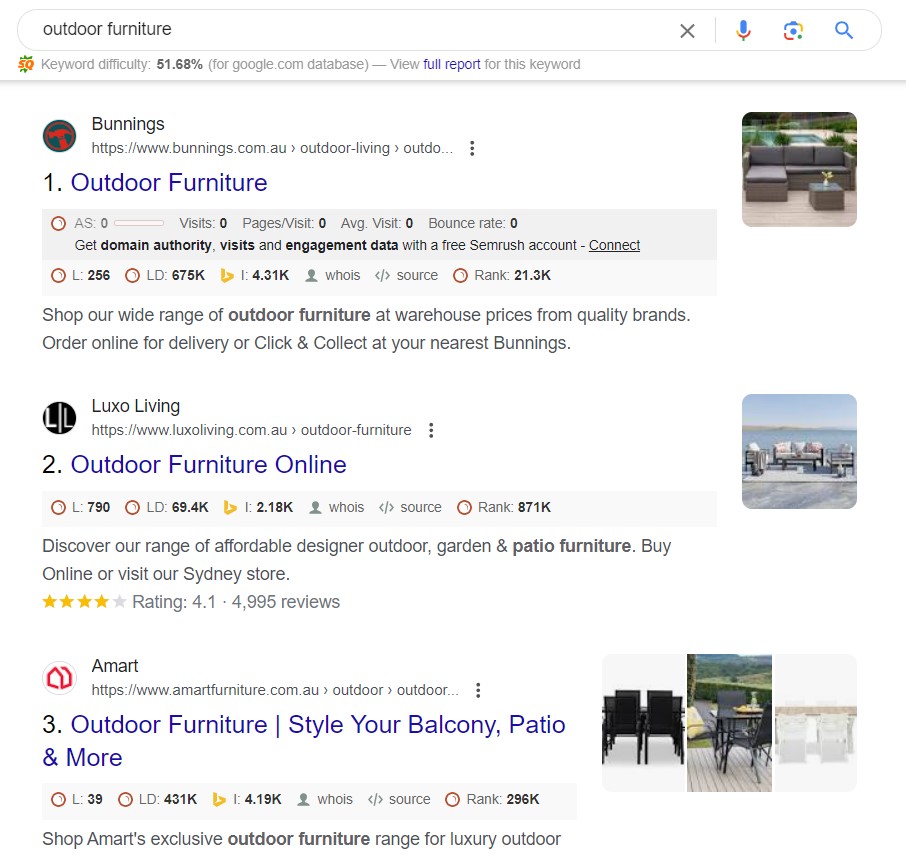
2. Look at the URL bar at the top of the screen. It’ll be rather long, but that’s fine. Scroll to the end of the text (don’t delete any!)
3. Add “&near=cityname” without the quotation marks. Replace the city name with the city you’re searching for. For example, if you wanted to make the search localised to Orlando, then you would add “&near=Orlando” to the end.
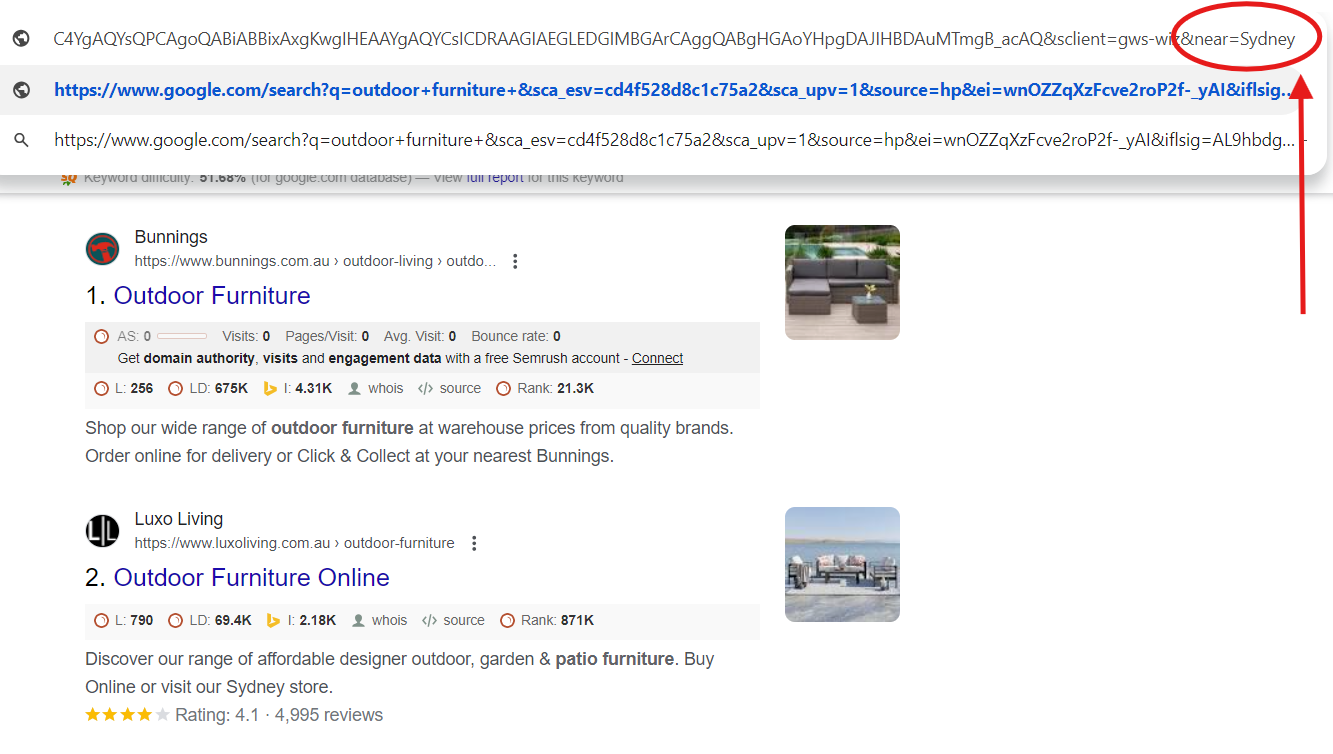
- Open the new URL in your web browser.
By switching up the search parameters on Google, you’ll have a wealth of control over the results Google dishes out. We’ve written a guide to advanced search operators for SEO. If you want to find out more advanced ways to switch up Google search results, then have a read of that page.
Changing Your Regional Settings on Google
This method will allow you to shake up the search results at a country level. For example, if you’re in the US, then you can switch up the regional settings on Google to give you results that would be more local to Sweden (or any other country, for that matter).
Here’s how to do it:
- Head to Google.com
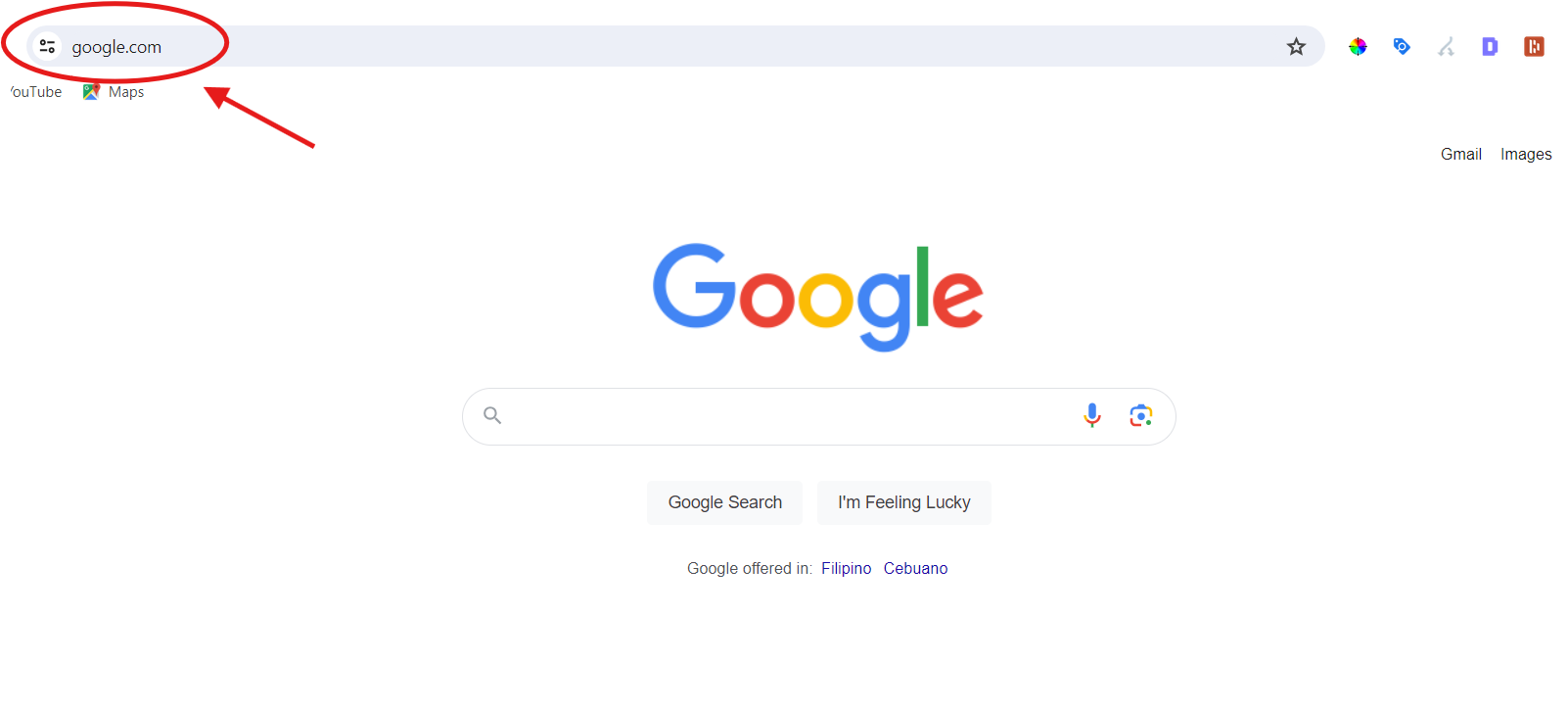
2. At the bottom of the page, look for ‘Settings’, and click it.

3. Select ‘Search Settings’ from the pop-up.
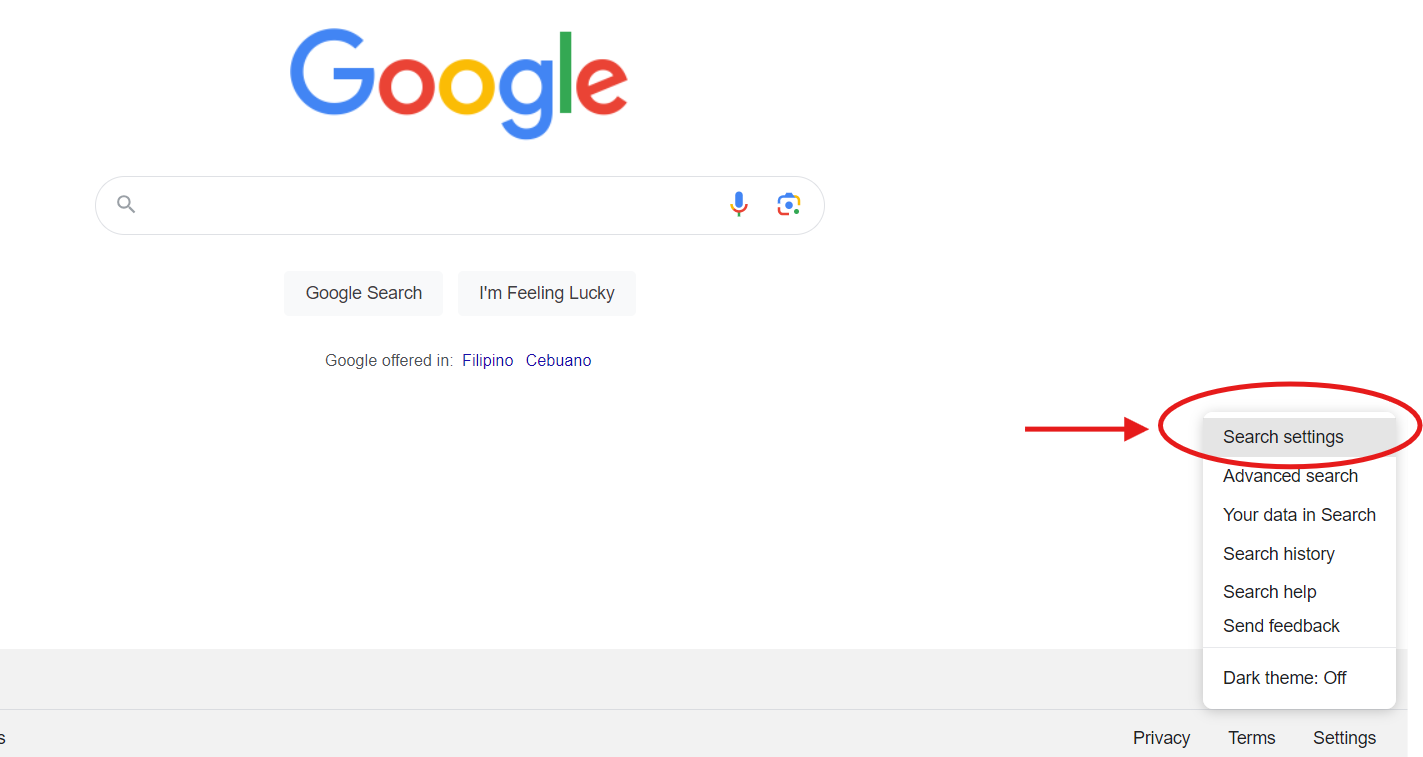
4. A new page will now appear. Select ‘Other Settings’
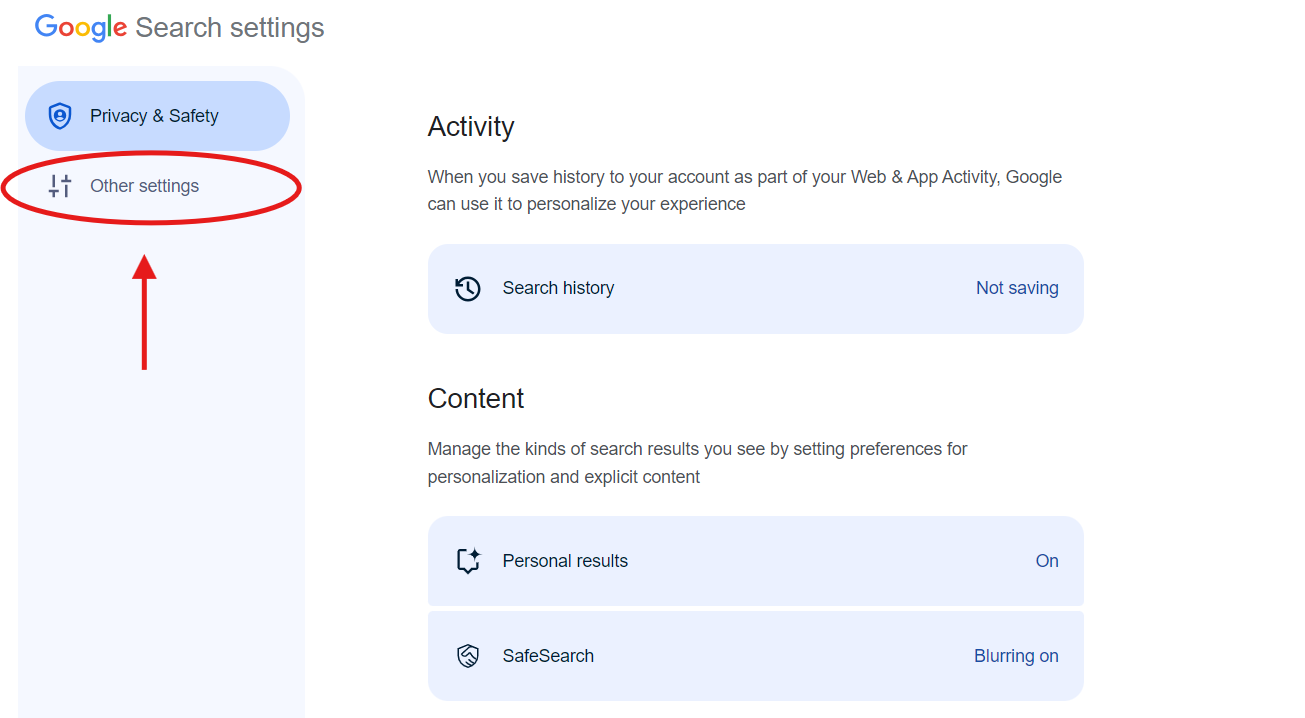
5. Select ‘Language and Region

6. Change the settings as you see fit.
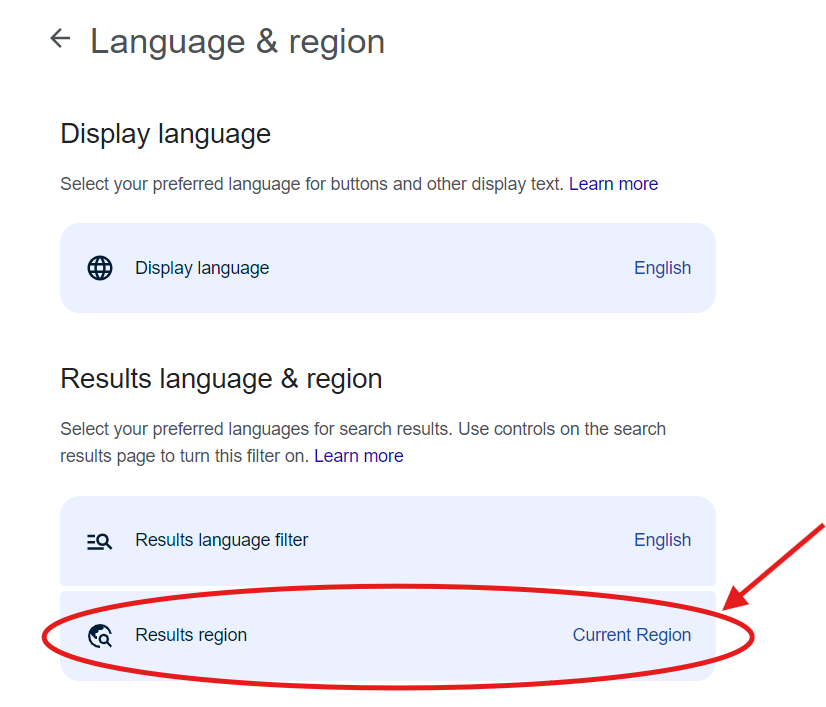
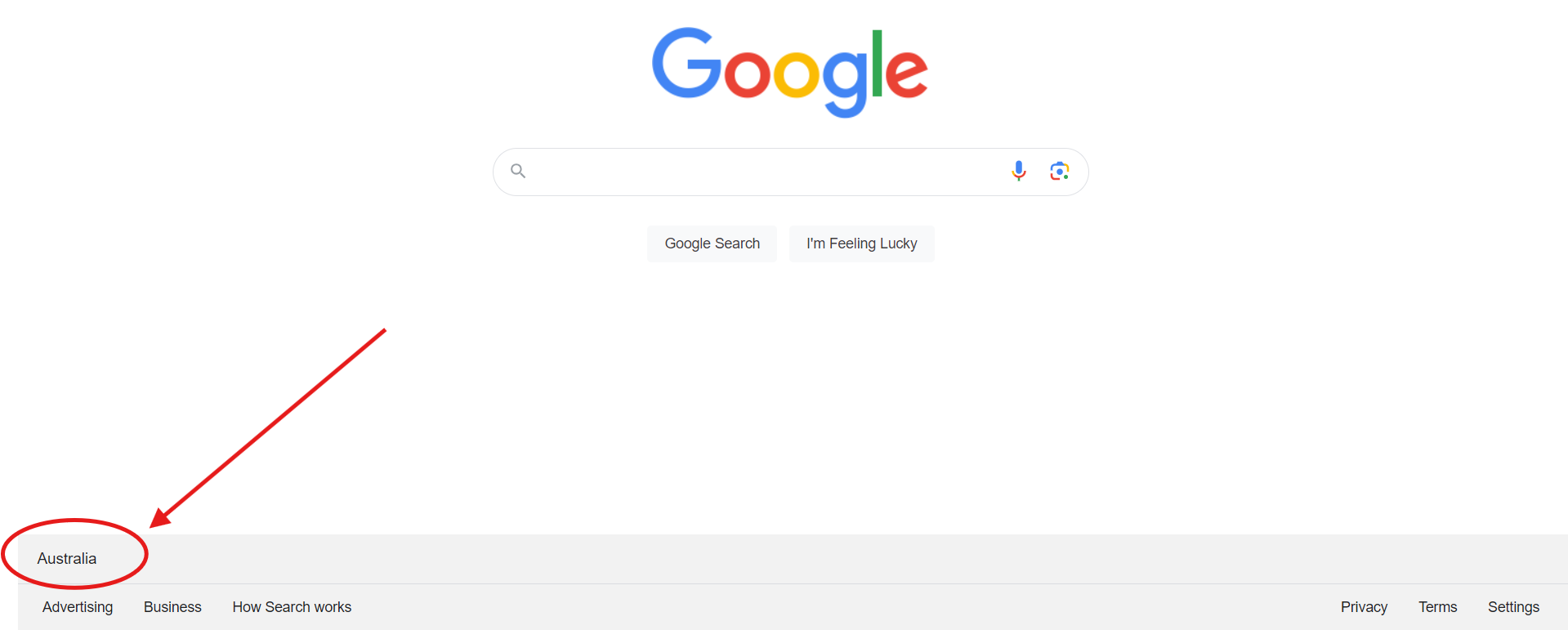
Google does switch up how their settings work occasionally, so the steps here may not be 100% accurate by the time you read this. However, you’ll always be able to access the ‘Setting’ pages from Google.com, so it probably won’t take you long to hunt down the new method for switching up your regional settings.
Managing Work and Home Locations on Google Maps
Not many people know this, but Google tries to determine where you live and work. It does this by looking at your GPS data, where you are at certain times per day and for how long, and then plotting this on a map. If you went to your Google account right now, it would probably give you a rough idea of where you live, even if you have never told Google.
Of course, Google knows that it can be wrong, so the home and work locations can be manually edited, which should change your Google search results a bit. Here’s how to do it (note: it is easier if you do this from your computer, rather than your phone):
- Head to http://account.google.com
- Sign into your Google account
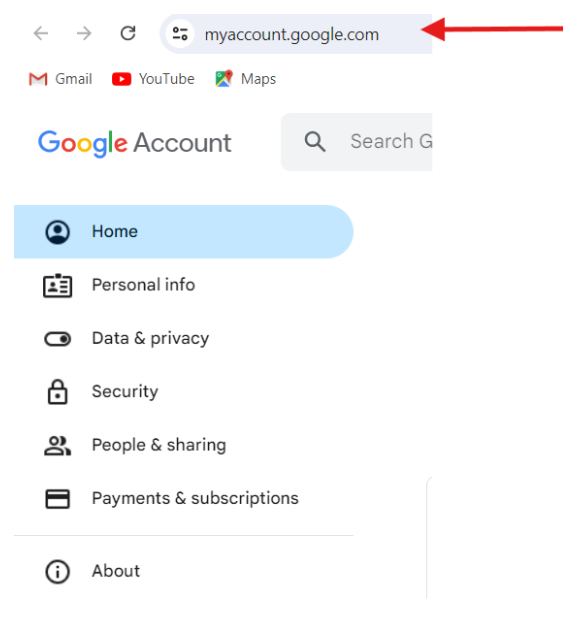
2. Select ‘Personal Info’
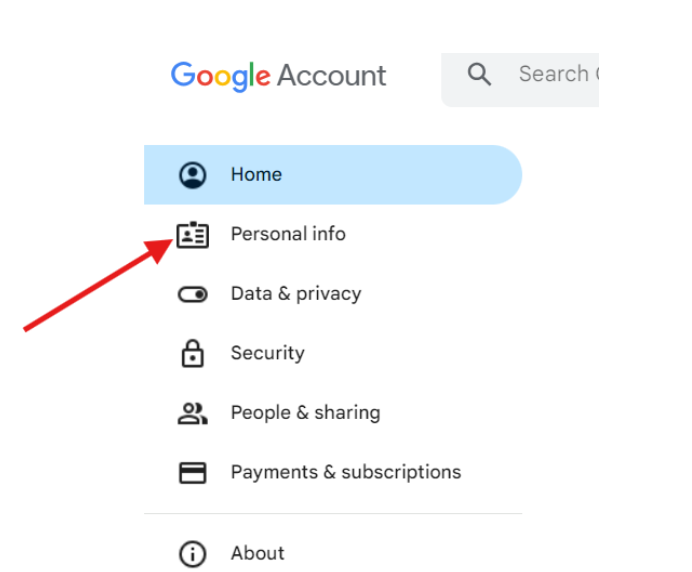
3. Select ‘Addresses’

4. Edit the ‘Home’ and ‘Work’ address that you want your Google account to use for searches.
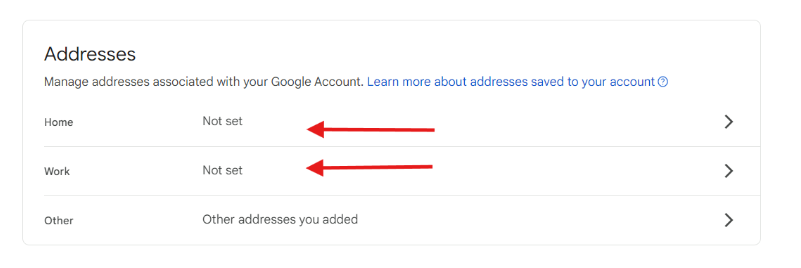
5. Hit ‘Save’
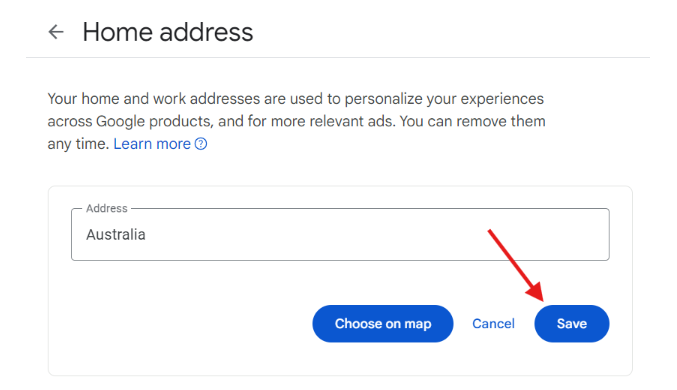
It is all well and good doing this once, but changing your addresses on Google takes a few minutes each time. It isn’t practical to frequently change your address on Google for multiple locations. So, only do this if you want to check out one location (and you’ll switch right back), but if you need to check multiple cities/countries, then one of the other methods will likely be more viable.
Using Google Chrome Developer Tools
If you’re using Google Chrome, and you almost certainly should be using Google Chrome when switching up your location for Google, you can use Chrome’s in-built DevTools.
You can do a lot with Google Chrome’s DevTools. However, we’re going to use it to switch up your location settings in your browser. In fact, we’ll use these tools to fool Google into believing we are anywhere in the world.
Here’s how you do it:
- Open Google Chrome (on your computer)
- Select the three-dot ‘settings’ menu in the top right-hand corner.

3. Select ‘More Tools’

4. Select ‘Developer Tools’

5. At the top of the new frame that appears, you’ll see multiple tabs. Click the three dots in this frame (to the right). This will open a new menu. From here select ‘More Tools’ and then ‘Sensors’

6. Down to the bottom of the page, you’ll now see the ‘Location’ tab.
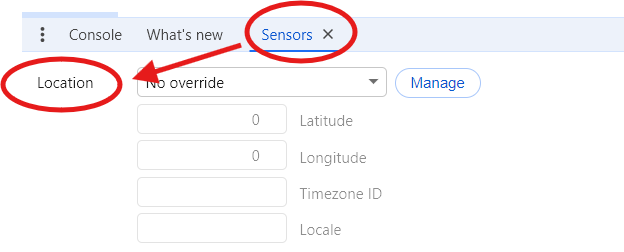
7. From here, you can select a pre-programmed city (many major cities from around the world) or input the latitude and longitude of the area you want. You can easily find the latitude and longitude online.

This will now give you Google search results as if you’re located in one of those areas…but only if you’re using Google Chrome.
Using Google Ads Preview and Diagnosis Tool
If you’ve got a Google AdWords account, you can use the Ads Preview and Diagnosis Tool. This tool is designed for people who want to check whether their ads are displaying properly on Google, but you can also use it to get more localised search results.
Here’s how you do it
- Head to https://ads.google.com/aw/diagnostic/AdPreview.
- Sign into your Google account.
- On the menu that appears, you can now adjust the search term, location, language, etc.

4. Click ‘Share’

This will now display the search results as per the parameters you set.
Using Valentin.app
Valentin.app is a free tool that will let you see localised search results. It is pretty self-explanatory to use, but we’ll give you a quick overview:
- Go to https://valentin.app/

2. In ‘Keyword’ type the keyword you’re searching for.

3. Select the ‘Language’ in the box below.

4. Type the address (or city) in the box below that and press ‘Geocode’. This will input the geographic code for that area.

5. Select ‘Search’

Using a VPN to Change Your Location
Finally, you can use a VPN (e.g. NordVPN) to mask your true location, and make it appear as if you’re located in a completely different city or country. It works, but it may not always be the best option. Even the most extensive VPNs will only cover major towns/cities, which means that you may not be able to get real search results for a smaller town/location in the middle of nowhere.
Basically, the results can be somewhat hit-or-miss here. We, personally, do not use VPNs to change our location for Google search purposes. Not unless we need to check the search results in a major town or city and, even then, Google has thrown up some rather odd results.
Final Thoughts
We’ve given you a comprehensive list of methods to help you change your location in the eyes of Google, which should make your SEO and internet marketing jobs a little easier. Try out a few of these methods, and we believe that you’ll find at least one method that works for you and your workflow.
We know that there may be other methods that some of you use. So, feel free to share your experiences with us in the comments, and don’t be afraid to share a few additional methods you have used too. We’re always happy to learn more!
Reference Sources
- https://www.searchenginejournal.com/see-google-search-results-different-location/294829/
- https://valentin.app/
- https://support.google.com/google-ads/answer/148778?hl=en#:~:text=The%20Ad%20Preview%20and%20Diagnosis,ad%20for%20a%20particular%20keyword.
- https://www.searchenginejournal.com/chrome-devtools-seo-troubleshooting/387494/









